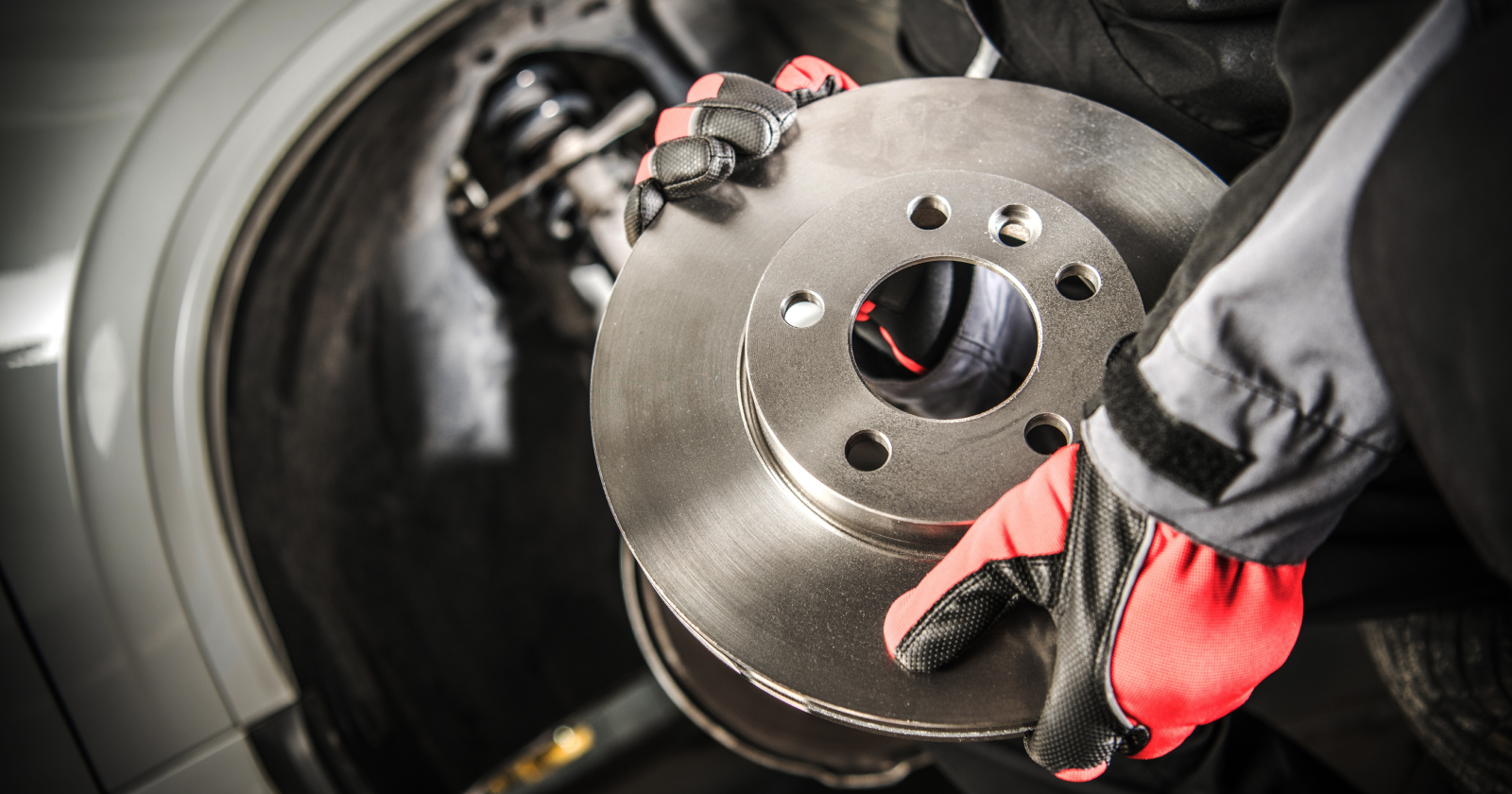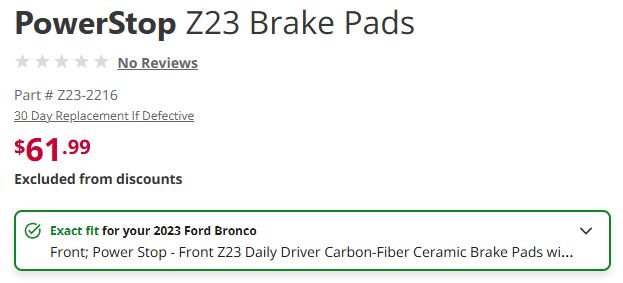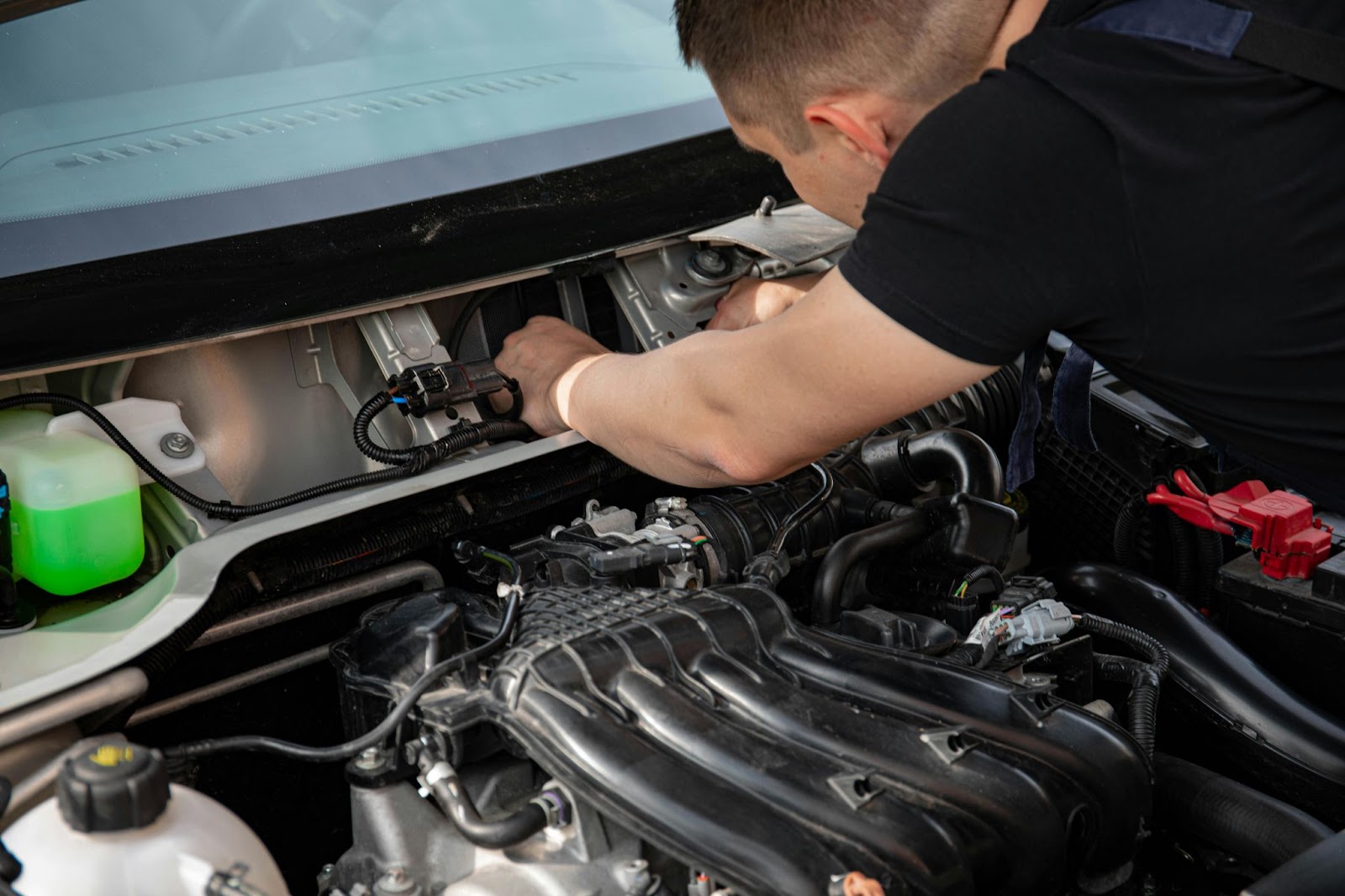Gaps in Your Auto Parts Warranty? Product Protection Can Help

Whenever price increases hit needed items, consumers will have a greater incentive to safeguard their investments. Auto parts are no different.
The United States Consumer Price Index shows that prices for “motor vehicle parts and equipment” rose 1.32% from December 2023 to December 2024. A small increase to be sure, but it’s still unwelcome when the prices of so many other consumer goods are rising, too.
Many consumers believe a part’s manufacturer’s warranty offers all the protection they need. But an auto parts warranty contains nuances and coverage restrictions, some of which can take customers by surprise and sour their relationship with your brand.
Merchants like you can supplement warranty coverage — and potentially boost customer loyalty — with product protection, which can extend coverage beyond the manufacturer’s warranty expiration date and even fill some of the warranty’s coverage gaps.
This article walks you through how an auto parts warranty works, including what it often includes and excludes. You’ll also learn how product protection differs from an auto parts warranty — and why it benefits both you and your customers.
How an auto parts warranty works
An auto parts warranty is a written guarantee from the part’s manufacturer. It promises that the part will function properly with normal usage for a specific time period or mileage window from the time of sale. If a part fails within that time period or window due to a manufacturing defect, the warranty covers repair or replacement. Merchants typically include the warranty’s cost in the part’s retail price.
A warranty’s active time period or mileage window can vary from part to part. Less-durable parts, or parts that wear out faster from normal use, tend to have a shorter warranty period.
For example, because brake pads repeatedly grind against the rotor during braking, they tend to be less durable than an automatic transmission. Advance Auto Parts’ limited warranty covers select brake pads for 30 days, which is often enough time for a manufacturer defect to appear.

But for more durable remanufactured automatic transmissions, Advance Auto Parts warrants “against defects in materials or workmanship for a period of 36 months or 75,000 miles, whichever comes first.”
Should a warranty-eligible part fail, consumers usually follow these steps to file a claim:
- They must provide proof of purchase, which might include the part’s original receipt, an order confirmation, or a record from certified service experts.
- Some manufacturers require customers to send the defective part back for inspection. Others might allow a repair facility of its choice to confirm the part defect.
- For valid warranty claims, the manufacturer may ship out a replacement part or issue a voucher for the purchase of a new part.
Again, consumers can avoid claim denials by understanding how the warranty defines “normal use” of the part. Any sign of misuse — like using standard auto parts in off-road settings — can invalidate your claim.
What a typical auto parts warranty doesn’t cover
An auto parts warranty’s definition of “manufacturing or material defect” is always specific. Any deviation from this definition can result in a claim denial. Here are some of the most common auto parts warranty exclusions and limitations to watch out for:
#1: Normal wear and tear
“Consumable” auto parts like brake pads, filters, or windshield wiper blades degrade over time by design. As a result, these parts often have shorter warranty claim windows (if they have any at all), which we see in the Advance Auto Parts example above.
#2: “External” damage
An auto part warranty doesn’t cover damage from accidents, bad weather, theft, or improper use of a part. Suppose a driver hits the rear of your car. Because this is a road accident, the manufacturer isn’t liable for bumper damage or personal injury. Car insurance steps in at that point.
#3: Improper Installation
If you buy a radiator from an auto parts retailer and install it yourself, you’ll void the warranty if damage results from your failure to install it properly. A defect in this case wouldn’t be the fault of the manufacturer.
#4: Labor charges
Another potential sticking point is labor coverage. Many warranties cover only the cost of the replacement auto part. Consumers are often still responsible for paying a mechanic to remove the defective part and install the new one.

Though uncommon, say a transmission sold by Advance Auto Parts fails under warranty. Their remanufactured transmissions warranty limits labor reimbursement to “$50 per hour,” and labor payments “must be approved by the manufacturer before being paid.” The warranty caps labor payments at $350 “for replacement or repair, and includes any diagnostic charges to determine the cause of failure.”
In this case, the consumer would have to pay out of pocket any labor costs exceeding $350.
How product protection picks up where a warranty leaves off
Product protection and auto parts warranties have several key differences:
- Product protection typically covers the part for a longer time period. Retailer CJ Pony Parts offers Extend Product Protection, which covers major components like suspensions for up to three years. Warranties from manufacturers like QA1 often only protect select parts for one year.
- Product protection is optional, while warranties automatically apply to purchased parts. Online shoppers can add product protection to their cart with a single click.
- Consumers pay a modest fee for product protection, while warranty costs are “built into” retail prices. Consumers who purchase a plan want the peace of mind it offers, especially if they’ve purchased an expensive auto part like a suspension or transmission.
- Product protection offers a quicker, more customer-centric claims process. With Extend, consumers can file a claim online and, in many cases, receive a resolution in minutes. Extend may still need to conduct a claim review to verify the nature of the part damage.
But like warranties, product protection coverage levels vary according to the auto part. For example, few protection plans cover windshield wiper blades, but many warranties provide replacements for product defects.
Is auto parts product protection right for your ecommerce business?
Because product protection benefits customers across the board with its extended coverage and convenient claim resolution, all auto parts retailers should consider it. But it particularly benefits retailers that share these characteristics:
#1: You experience excessive damage claims after warranties expire.
Suppose a customer’s oil pump fails a week after the part’s manufacturer’s warranty expires. As the seller of the oil pump, you generally have two possible responses if the customer contacts you for help:
- “I’m sorry I can’t help you.”
- “I can’t replace the pump, but I can offer you 10% off a new one. Use this promo code.”
If you use the first line on a large scale, you’ll lose customers and generate bad reviews. If you use the second line on a large scale, you may keep some customers. But you’ll lose some top-line revenue.
Product protection can save you the need to respond in either of these ways. Not only would it have picked up where the warranty left off, but an approved claim could reimburse you for the full cost of a new pump.
#2: You need to boost revenue to cover marketing or other expenses.
Product protection can boost a merchant’s average order value (AOV). Whenever a customer adds Extend Product Protection to their purchase, the merchant receives a portion of the product protection purchase price.
Over time, these incremental increases in order value can become a significant revenue stream. On average, auto parts merchants who partner with Extend have seen an 11% rise in AOV.
#3: You need a competitive advantage in the auto parts industry.
As of May 2025, the US auto parts industry is expected to reach a total estimated revenue of approximately $79.6 billion, with O’Reilly Auto Parts, Autozone, and Genuine Parts Company dominating the landscape.
With competition so fierce, product protection can help set your company apart, especially when providers like Extend offer an intuitive self-service portal for claims.
According to a 2024 Gartner study, “only 14% of customer support issues are fully resolved in self-service,” even though “73% of customers use self-service at some point in their customer service journey.” This disconnect may result in customer frustration.
When you remove frustration from any touchpoint in the customer journey, you improve the shopping experience. Incremental improvements over time can result in higher customer loyalty.
Supplement your auto parts warranty with Extend Product Protection
When a car breaks down due to the failure of a specific part, the car’s owner usually experiences frustration, some financial distress, and disrupted routines. And while a manufacturer’s warranty can offset the financial distress, it often fails to meet all of the owner’s needs.
Product protection fills many of these gaps by extending coverage and easing claim management and resolution. By doing so, it can help convert one-time buyers into repeat customers, protect your margins, and solidify your reputation for quality and service.
To learn how Extend Product Protection can benefit your auto parts retail business, click here for a custom demo.
Aaron Sullivan is senior content marketing manager at Extend. He specializes in writing about e-commerce, finance, entertainment, and beer.
.svg)




















.avif)











